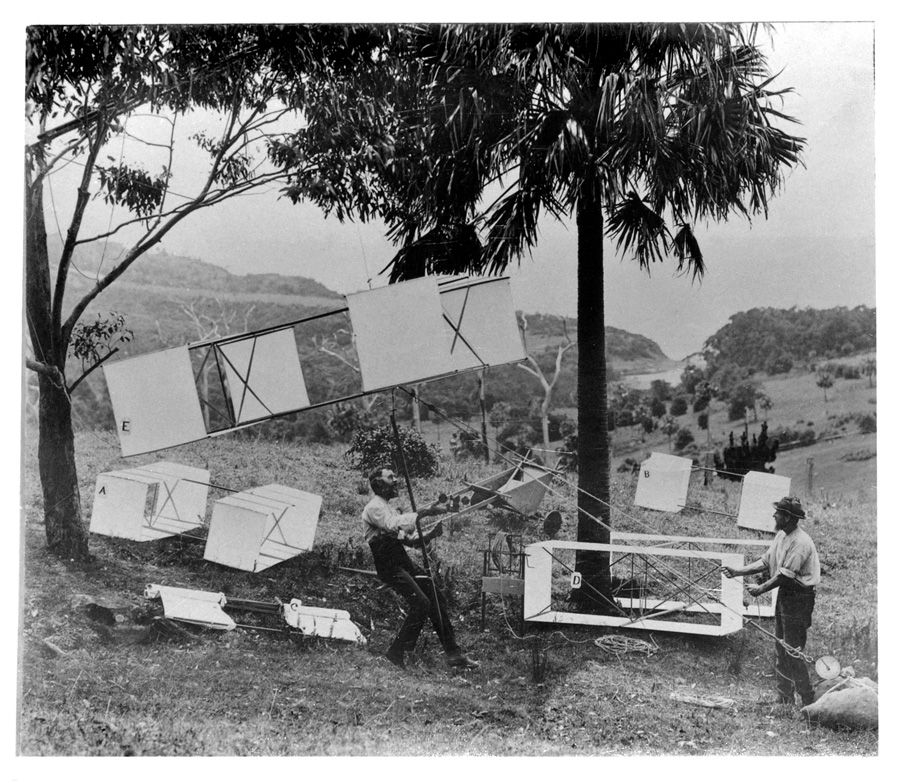For most of this semester so far, I had a single idea in mind for the final project: a telescope. I have long been interested in amateur astronomy, and have wanted to build my own telescope for a few years now; this seemed like a good opportunity to make it and make it stylish. However, given the size of reflector telescope I want to build, I’ve learned that the cost of the mirrors alone would likely be too much for me right now, so over the past few days I’ve been racking my head for new ideas.
Now, my current plan is a kite! While kites today are largely used for entertainment alone, they have seen use in the past as carriers of cameras or meteorological equipment. There have even been kites large enough to carry an entire person, who would often serve as a spotter in wartime. This use of kites in a practical fashion surprised me when I first heard it, and interests me to this day. I could use use a cargo kite in case I ever want to take some aerial photography or run tests with radio antennae. Plus, I could improve on kites that I’ve built in the past – I’ve decided to make one for my final project.
 Diagram of making a sled kite. [1]
Diagram of making a sled kite. [1]
In high school, I made my own kite for an English project. It was a ~10 square foot sled kite made of wooden dowels and trashbags, emblasoned with a bind rune that I used on all my projects at the time. (I unfortunately don’t have any photos nor the kite itself on hand. I may add some in future posts when I dig it out of storage.) While I was proud of it, it was awful as a kite. It would often collapse when the wind wasn’t strong enough to stretch the two vertical spars apart and would divebomb the ground seemingly at random. These factors would have been fixed with a better sled kite design, but I’d rather make a version that has neither of these issues; a fully rigid kite with a strong dihedral for lateral stability.
Since I want a large kite to provide lift for the dead weight of a payload, I looked to Wikipedia for historical examples of person-carrying kites. (No, I do not intend to lift anybody with my kite.) I’ve found two simple, scalable designs that I like; one is the box kite, invented by Lawrence Hargrave, and the other is the tetrahedral kite, invented by Alexander Graham Bell. Both were developed with the explicit purpose of lifting a man.
 Hargrave testing one of his box kites. [2]
Hargrave testing one of his box kites. [2]

One of Alexander Graham Bell’s tetrahedral kites. [3]
Since both designs have exposed spars and large, flat faces, my mind went to constructivist architecture as well as Bauhaus for their use of truss structures and plain surfaces. Find below some of the inspirational images I’ve found so far:
 Savyolovskaya, a metro station in Moscow. Note the exposed steel ribs, plain white surfaces, and beautiful minimalism. [4]
Savyolovskaya, a metro station in Moscow. Note the exposed steel ribs, plain white surfaces, and beautiful minimalism. [4]

The Shukhov Radio Tower, also in Moscow. One of the most famous constructivist truss structures. [5]
 The exterior of a building in Bauhaus Dessau. [6]
The exterior of a building in Bauhaus Dessau. [6]
 Light fixture structure above a stage in Bauhaus Dessau. [7]
Light fixture structure above a stage in Bauhaus Dessau. [7]
I haven’t settled on a design yet, either of the kite or its aesthetic. I’m more worried about the aesthetic side; I plan on looking through any design books Prof. Hertzberg may suggest, and might look further in the university’s libraries.
References:
[1] NASA. “Sled Kite.” Aeronautics Educator Guide, 2002. https://www.nasa.gov/stem-content/sled-kite/.[2] Bayliss, Charles. Hargrave and Swain demonstrate how the man-lift was achieved. 1894. https://commons.wikimedia.org/wiki/File:Hargrave-demo.jpg.
[3] Bell, Alexander Graham. “Tetrahedral Principle in Kite Structure.” National Geographic, Vol. 14 No. 6, Jun. 1903, pp. 227.
[4] Golubinsky, Yury. “New Moscow Metro Station – Savyolovskaya BKL.” 02 Jan. 2019. https://urixblog.com/en/2019/01/02/savyolovskaya-bkl-metro-moscow/.
[5] Arsenyev, Sergei. “Shukhov Tower.” 2006. https://commons.wikimedia.org/wiki/File:Shukhov_Tower_photo_by_Sergei_Arsenyev_2006.JPG.
[6] Hjochheim (user on Wikimedia Commons). “Bauhaus Dessau.” 2011. https://commons.wikimedia.org/wiki/File:Bauhaus_Dessau.jpg.
[7] Cethegus (user on Wikimedia Commons). “Bauhaus-Dessau Festsaal Bühnenbeleuchtung.” 2005. https://commons.wikimedia.org/wiki/File:Bauhaus-Dessau_Festsaal_B%C3%BChnenbeleuchtung.jpg.


3 Comments. Leave new
Hey Lavender, I think this project idea is really cool! I didn’t know that we once had manned kites used as spotters in wartime, that’s a cool fact. I look forward to seeing what kite design you choose and how much of a payload it can handle, that seems like a fun and interesting challenge.
Very cool project idea, I like how you have a practical application in mind as well. I think the constructivist aesthetic makes sense for your kite, as it is more about practicality and form from function. I am curious if you have any materials or manufacturing processes in mind yet for creating the kite?
Yeah, actually: I think the sails will be make from rip-stop nylon, which is apparently common for modern kites, and can easily be bought in white. I’ll cut and sew those myself. As for the spars/truss, I was thinking about circular fiberglass tubes that I’ll cut to length. Other parts will probably be 3D printed or lasercut. Thanks for your interest!